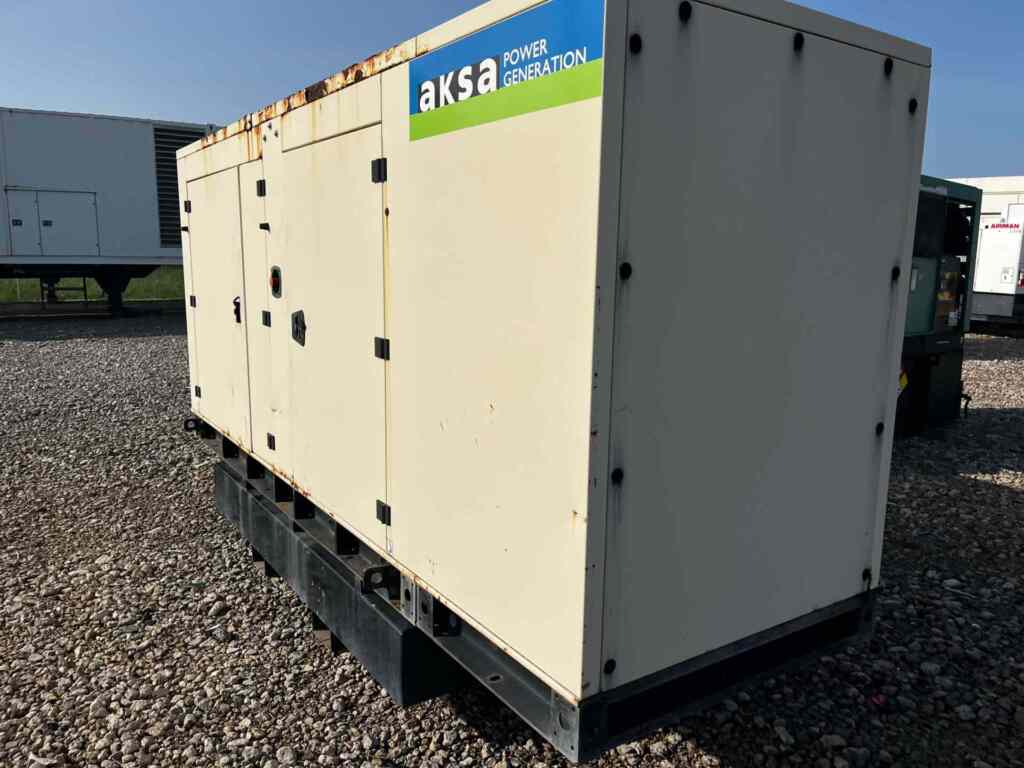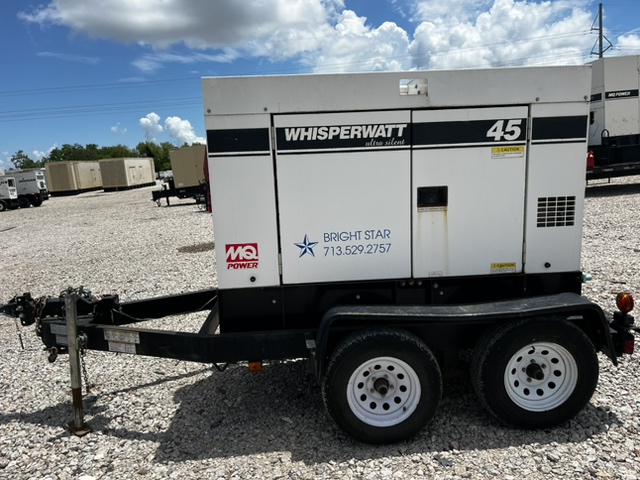Generator Sizing Calculators for power
POWER EQUIPMENT CALCULATOR
CALCULATING AMPERES (WHEN KVA IS KNOWN)
CONVERTING kW To KVA
CONVERTING KVA To kW
CONVERTING HP To kW
CONVERTING kW To HP
HORSEPOWER TO KVA CALCULATOR
Commercial Generator Sizing Calculator
No matter your industry, from mining operations, to hospitals, and construction sites, it’s vital that your facilities operate around-the-clock. For that to happen, you count on your generators to step in and power your operations during scheduled or unexpected power outages. If your generators can’t meet your power demands, however, they can’t run your facility, which is why it’s critical to ensure your company’s generators meet your load requirements, and then some.
Sizing a commercial generator power in kilowatts involves carefully assessing the electrical load requirements of the business or facility to ensure the generator’s capacity meets the demands during normal operation and any potential peak loads.That’s where a commercial generator sizing calculator comes in. It helps you convert units and calculate demands at lightning speed. The details below will help you find the size of generator you need.
How to Calculate What Size Generator You Need
Generator wattage calculators are a valuable tool for determining the correct generator size for your specific amount of power needs. The importance of this generator wattage calculator is in the ability to help you with selecting a generator that can reliably power the devices or appliances that are required to continue running during a power outage or that could be located in remote locations. Before using a power requirement calculator for generators, you’ll need to gather some data. We recommend you start the process by answering the following questions:
- What items will the generator power?
It’s essential to be thorough when compiling your list. You’ll need to consider every potential item that will run on your generator. If not, you risk under-sizing your generator by miscalculating your power demands. If you can, have your teamwork with you on this question or at least review your list of items.
- What is the starting and running wattage of those items?
If your company has kept the owner’s manuals, you’ll find the starting and running wattage of your hardware in the manuals. Can’t find the owner’s manuals? If you’re aware of the model number and manufacturer, see if the owner’s manual is available online — you can also check the identification plate for the model information. Another option is to use a power consumption chart. The downside to these charts, however, is that they only provide a sample of similar hardware, which is why it’s better to call your equipment’s manufacturer and obtain the actual numbers.
- What is the total power requirements for these items?
After you’ve compiled the data on your hardware’s power requirements, you can total it. You’ll want to use the kilowatt (kW) as your unit of measurement, especially since it’s the standard for commercial generators in the U.S. If your equipment lists its starting and running wattage in amperes, you’ll want to convert it to watts.
How to Calculate Your Total Power Requirements
 Using a generator sizing calculator helps ensure you select the right power capacity for your industrial or commercial needs.
Using a generator sizing calculator helps ensure you select the right power capacity for your industrial or commercial needs.Approaches for calculating your total power requirements include:
- Measure your peak usage in real-time:
With a clamp-on ammeter, you can discover the total number of amps your facility’s using on a day-to-day basis. For this measurement, however, you want full-load current measurements during peak usage, as you need a generator that’s capable of powering your operations when demands are at their highest. Depending on your facility’s continuity plan, you may opt to calculate the differing power requirements of a single motor, compared to multiple engines. Aim to take your measurements at each section of your electrical service, and then add the results together.
- Review your monthly power bills:
Another helpful tactic, especially for facilities with distinct seasonal processes and weather, is to go over your monthly power bills. This approach is a quick process, as many utility companies will denote your peak demand on each invoice. As you review your past statements, track your highest peak demands from the last year. Afterward, use the highest amount and add 25 percent to it to account for your reserve capacity.
- Calculate your facility’s square footage:
While select industries are more apt to use this technique, like restaurants and hotels, it offers a helpful comparison to the other data you’ve gathered from your clamp-on ammeter and energy statements. If you already know your commercial facility’s square footage, go ahead and add five watts for every square foot, plus 50 kW. For retail businesses, use 10 watts instead of five.
Now that you’ve compiled your equipment and its power requirements, you’ll want to consider some variables that will affect the results from a power calculator for generators.
What Variables to Consider When Sizing a Generator
While the formula behind a generator power calculator is sound, inputting data that’s incorrect results in a product that’s not applicable to your facility. That’s why it’s vital to consider several variables that have a significant influence on your total power requirements, which affects the size of your generator and its ability to keep your operations steady through outages.
Factors to consider before using a generator load calculator include:
- Voltage dips:
When your electric motors resume, following your generator kicking on, a voltage dip or voltage sag will occur as the motors are drawing more current. While normal, you do not want a 15 percent or more voltage dip, as you risk damaging your generators and your equipment. Plus, with that high of a voltage sag, your generator doesn’t have the surge capability to manage your total power requirements.
- Phase power:
Another factor to think about, before using a generator load calculator, is single- or three-phase power. While both offer benefits, they’re ideal for different applications. Small retail businesses, for example, can often rely on a single-phase power generator to power their store because it’s suitable for smaller applications and doesn’t deliver power at a constant rate. Meanwhile, industrial plants require a three-phase power generator due to their high power loads that demand a continuous flow of power.
- NEC requirements:
While it’s not your immediate priority when using a generator sizing calculator, it’s essential to think about your company’s compliance with National Electrical Code (NEC) standards. If you didn’t note your facility’s safety systems in your initial assessment of hardware that’ll generate power during an outage, include them now and re-calculate your total power output if needed.
Why you Should Consider Knowing Your Portable Generator's Power Size?
Knowing the size of your portable generator is essential for a variety of reasons. Firstly, it ensures that you have enough power to meet your needs during power outages or when off-grid. By calculating the wattage of the appliances you want to power, you can determine the appropriate generator size. Choosing the right size generator also prevents overloading, which can lead to damage or malfunction. Additionally, understanding your generator’s size helps you plan for fuel consumption, as larger generators generally consume more fuel. Finally, knowing the size of your portable generator allows you to evaluate its portability and convenience for your specific application, whether it’s for camping, tailgating, or backup power. Overall, considering and knowing your portable generator size is crucial for ensuring efficient and reliable power supply in various situations.
After you’ve weighed the above factors, you can plug your data into our single- and three-phase generator sizing calculator.
 Turnkey Industries offers a variety of high-capacity
Turnkey Industries offers a variety of high-capacity 





